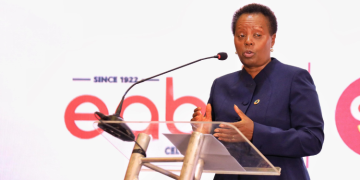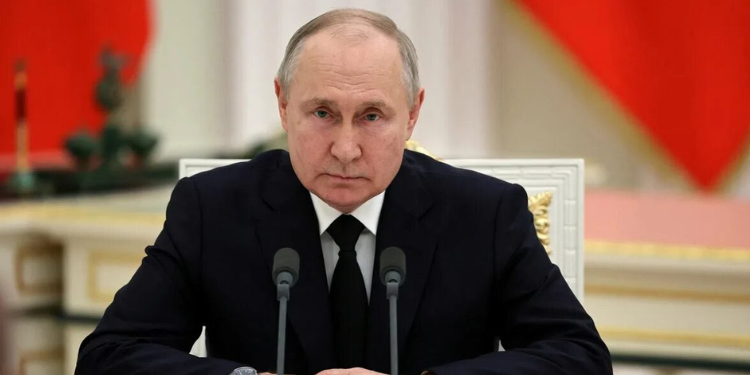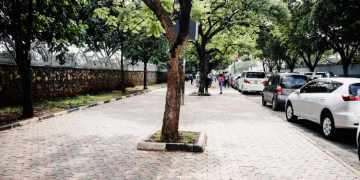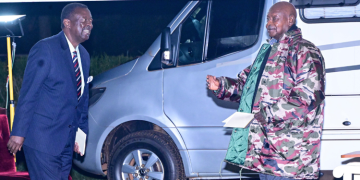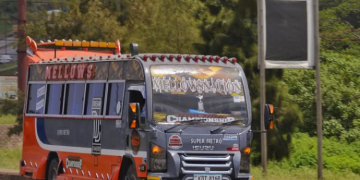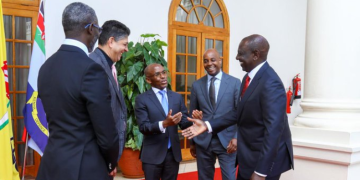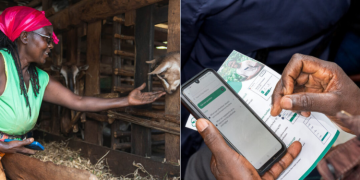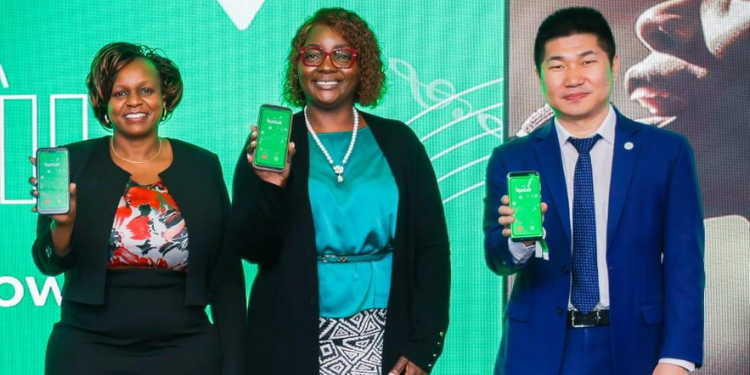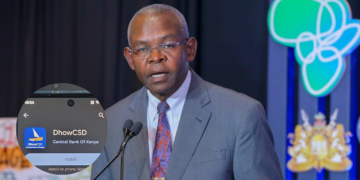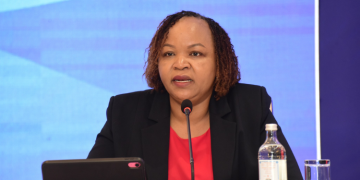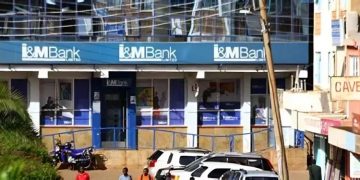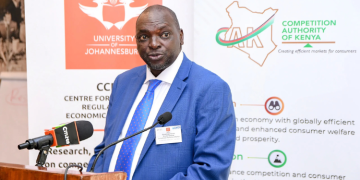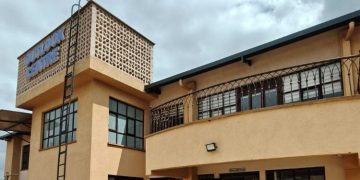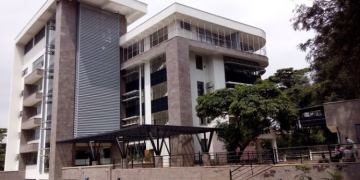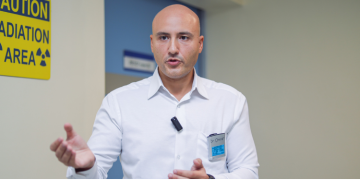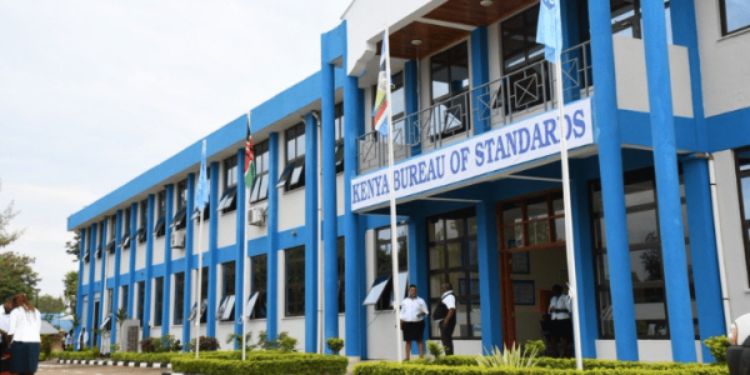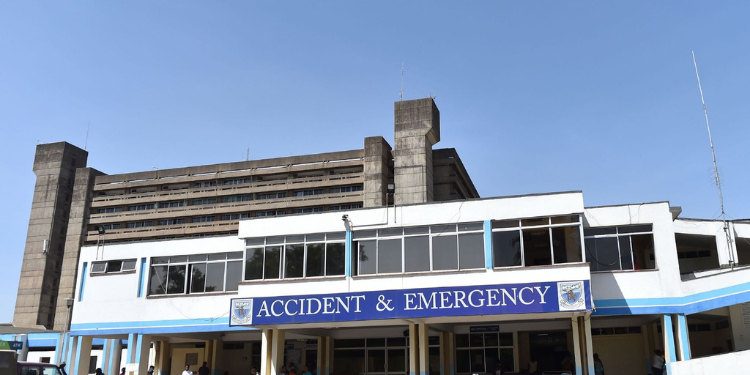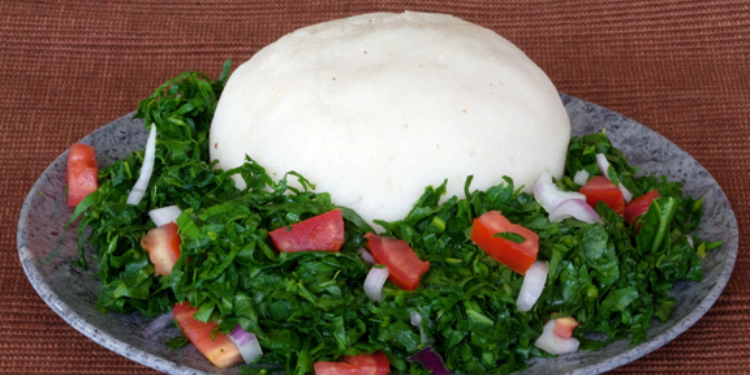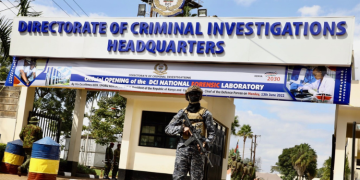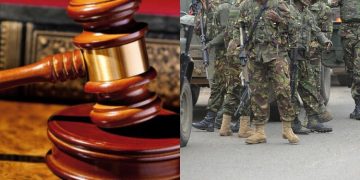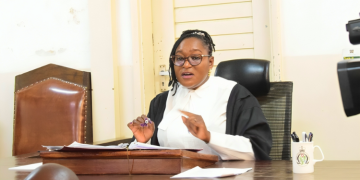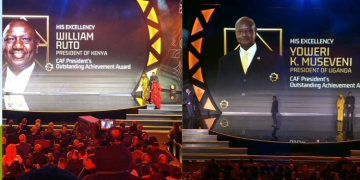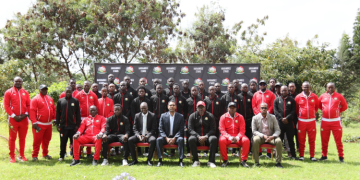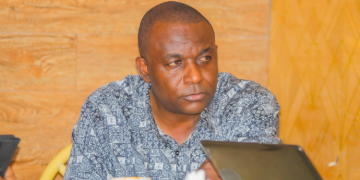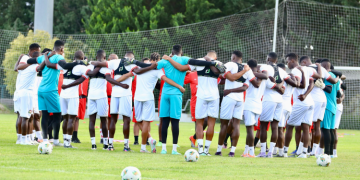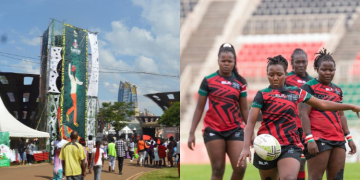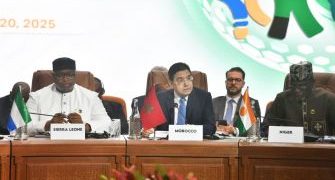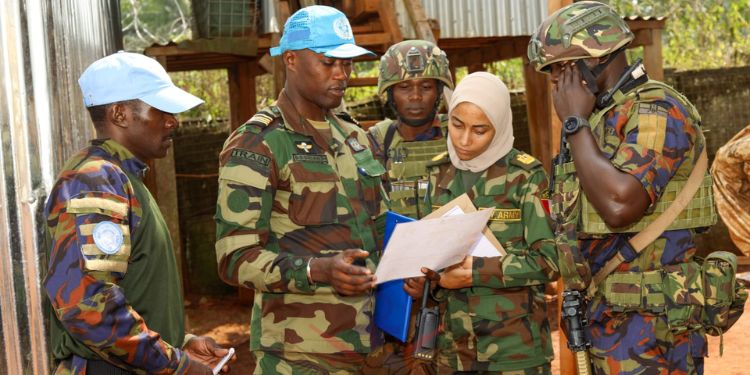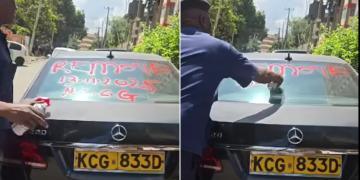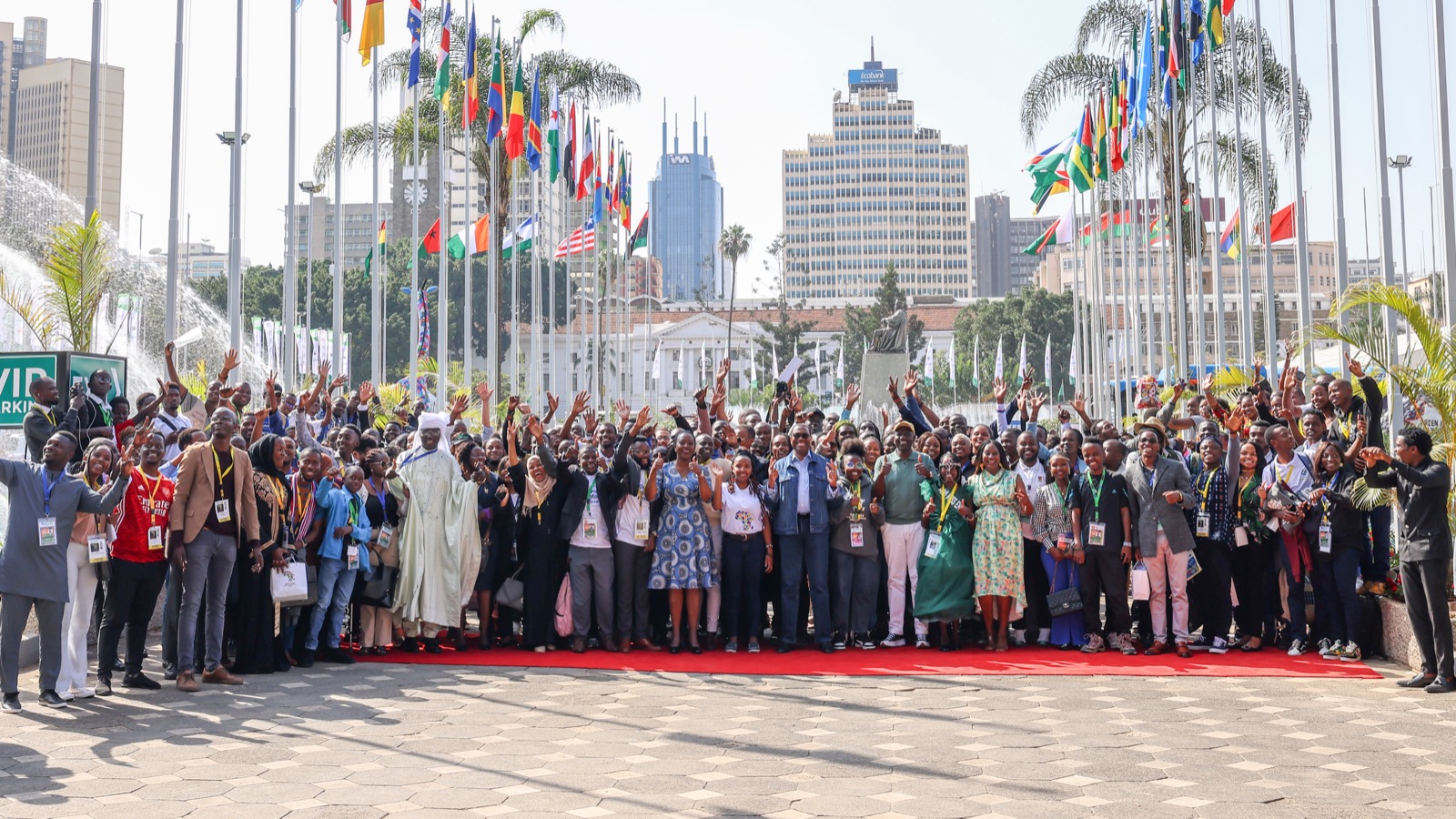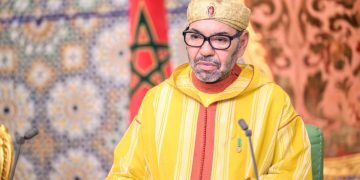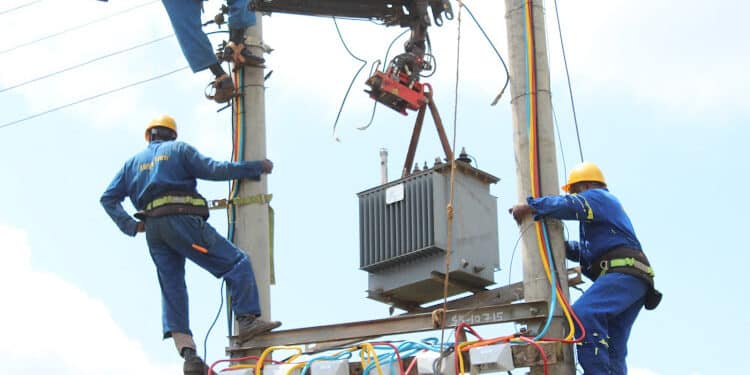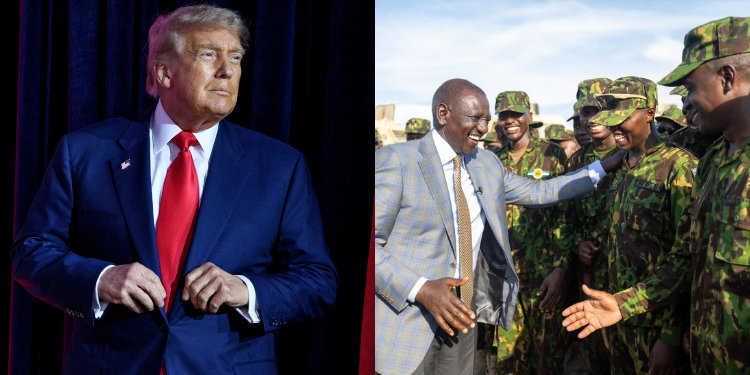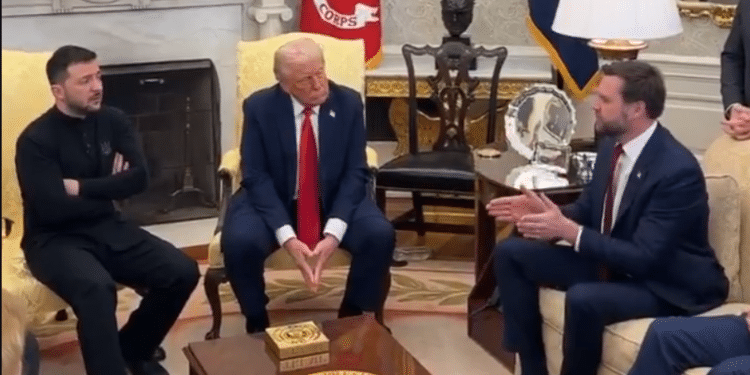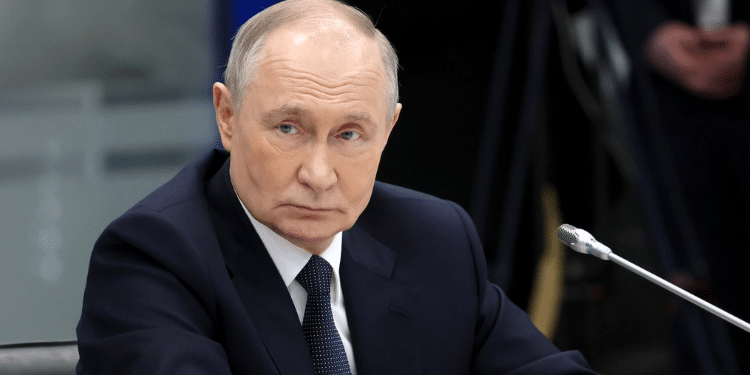U.S President Donald Trump’s administration is planning to pick another country to lead the Multinational Security Support (MSS) Mission in Haiti.
Currently, Kenya’s Senior Assistant Inspector-General (SAIG), Godfrey Otunge, serves as MSS Force Commander.
However, U.S. Deputy Chief of Mission Kimberly J. Penland said on August 20 that the U.S is planning to double the size of the foreign forces deployed in Haiti, with possibly another country, rather than Kenya, leading the new team.
Penland told foreign leaders who attended the Organization of American States (OAS) that the U.S. is drafting a resolution to present to the United Nations Security Council to “properly resource” Haiti’s fight against the gangs and regain control of its territories.
If adopted, the proposal is expected to come with changes, even though it aligns with an earlier proposal by U.N. Secretary-General António Guterres.
Guterres had proposed that the provision of logistical and operational support be funded using peacekeeping money.
“Should the U.N. Security Council pursue this model, then we will also seek robust regional participation to provide strategic leadership of the force,” Penland said.
However, she declined to go into details of the proposal.
Penland started her presentation by thanking Kenya for its dedication, leadership and support for the last year and answering the call to come to Haiti’s rescue at a critical moment.
She stated that Kenya demonstrated compassion and courage, putting its people in harm’s way while thousands of miles away from home and preventing a complete collapse of the Haitian state.”
Changing MSS Operations and Financing
OAS Secretary-General Albert Ramdin’s presentation during the meeting also revealed U.S plans to change the MSS Mission and reenvision its operations.
Ramdin presented a three-year, $2.6 billion road map for Haiti to foreign ministers representing the group of 35 Latin American and Caribbean countries, as well as a handful of observer nations.
He said the plan reflects the lack of coordination in helping Haiti tackle its crisis.
Ramdin also stated that the proposal brings all parties together under the umbrella of an Inter-Haiti Recovery Commission.
Also Read: Two Elite Police Officers Killed in Haiti
He explained that the proposal is similar to what the U.S. and the U.N. sought to do after the country’s 2010 earthquake,
“It is not meant to be telling others what to do, but it’s based on a logical framework. No single actor or donor can solve the crisis alone; it will require all of us to work together based on our specific capabilities and commitment, which we can bring to the table.”
The Proposal is a revision of the earlier $1.4 billion version that allocated $900 million to humanitarian response as opposed to the gang fight.
The U.S. proposal calls for a $1.33 billion investment to rebuild the Haitian National Police, reform the justice system, and dismantle gangs’ transnational criminal networks.
Also Read: Kenyan Police in Haiti Celebrate Major Wins So Far as Mission Enters Operations Stage
Kenya’s Haiti Mission and U.S Pledge
Kenya deployed the first contingent of 400 police officers to Haiti in June 2024. The latest deployment was in February 2025, when Kenya sent 144 officers, bringing the total number of Kenyan police in Haiti to 744.
In a statement in April 2025, the U.S Department of State Spokesperson Tammy Bruce said the U.S government would support the MSS Mission after discussions with Prime Minister of Barbados and Chairman of the Caribbean Community (CARICOM) Mia Mottley.
Bruce said Trump’s administration supports the Mission and will continue holding discussions with other governments across the region.
The United States supports the efforts by the Kenya-led Multinational Security Support Mission and CARICOM to assist the government in its efforts to bring peace and stability to Haiti in the face of armed criminal gangs. The United States continues to consult with governments across the region.
Follow our WhatsApp Channel and X Account for real-time news updates




